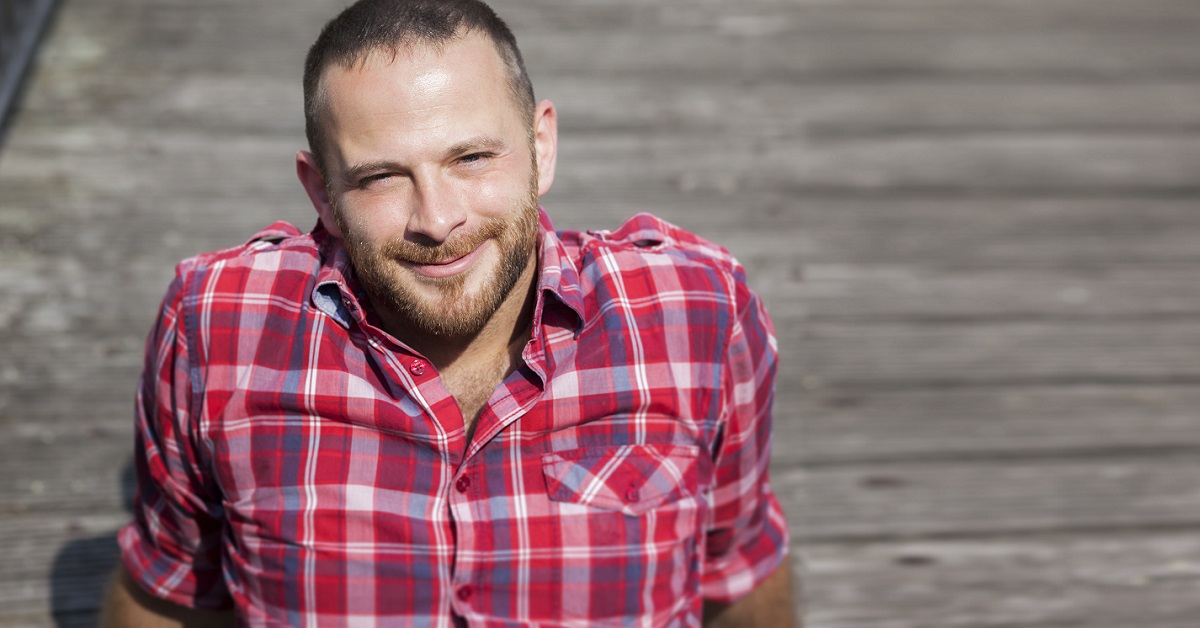Here in the crossroads of the sunny South, we can celebrate our greater access to the outdoor fun that people elsewhere must wait most of the year to enjoy. Atlanta’s season in the sun is practically endless by comparison, and yet with this vast advantage we must recognize a hazard that comes with it, hand in hand.
Along with the golden glow we associate with the sun comes an invisible energy spectrum known as UV radiation. Most of the skin damage we associate with the sun stems from this ultraviolet light. Some of the effects, such as freckles, are harmless and even charming. The dark side of the sun is the fact that exposure to its UV radiation vastly increases our risk of skin cancer.
So Widespread and So Preventable
Skin cancer is the most widespread cancer among us. In fact, more skin cancers are diagnosed and treated in the U.S. each year than all other forms of cancer combined. The month just past, May, is set forth by the American Academy of Dermatology to raise awareness about the importance of early detection. However, we can’t let our guard down during the other 11 months of the year.
It is vital to catch the clues of skin cancer early, because one form of skin cancer, melanoma, is particularly deadly and it doesn’t respond well to treatment. Early detection offers by far the best chance to survive it.
Not for Your Eyes Only
Making self-examination a routine is the first step. Yes, it starts with our own eyes. Giving ourselves a once-over each month is the recommended frequency. Getting a look at every inch may be trickier than it sounds, but fortunately we don’t all have to master yoga, because the American Cancer Society has diagramed an efficient system for this self-exam.
But this important exam is not for your eyes only. In fact, a yearly skin cancer screening from your board-certified dermatologist is essential, too, because the variety of types of skin cancer and the disguises that each of them can wear are too much for the untrained eye.
We shouldn’t bet our lives on our own ability to see the difference between a mole, a cyst, a zit, a freckle, and the beginning stages of cancer. Much less should we rely on our own diagnostics to tell the difference between a common basal cell carcinoma and a life-threatening melanoma.
The Why and How of Prevention
Surprisingly, it is not the difficulty that stands in our way of adopting safe practices, so much as it is stepping beyond our established patterns and making a new routine. There are at least eight things we can do – and not do – to increase our chances of avoiding skin cancer, as listed by The Skin Cancer Foundation. None of these measures is hard to do, but some of them call for new habits, like hats and sunscreen. Hats, sleeves, and sunscreen are certainly easy enough, and familiar advice, too.
Safety in our Shadows
We might be tired of hearing that we should limit the amount of time we spend in the sun. What comes as news to many of us is that selecting the specific time of day we go outdoors is a powerful tool, too, and for life in Atlanta, there is a handy way of determining what times are best.
It is called “the shadow rule.” If your shadow is shorter than you are, then you are in the peak intensity of the sun’s harmful UV rays. When your shadow is longer than you are, then your UV radiation exposure is less.
Enjoying our outdoor activities before 10 a.m. and after 4 p.m. can improve our chances of staying skin-cancer-free, and rather than remembering the numbers and watching the clock, somebody figured out a much simpler way to accomplish it.
Whether for your annual, professional skin-scan, or for further tips on prevention, or for the most up-to-the-minute, proven techniques for reversing the effects of sun damage on your appearance, just give us a call. We would welcome the chance to be your resource for helping make the sunny South a safer place for your skin.


